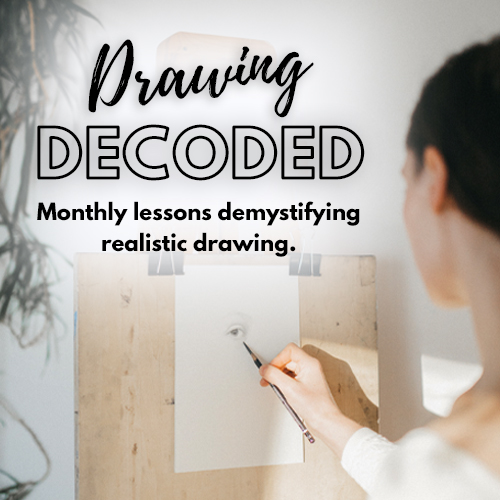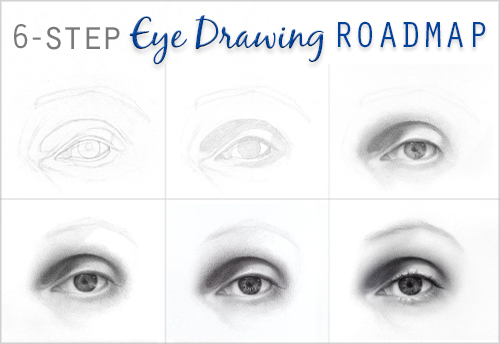The Drawings of Käthe Kollwitz
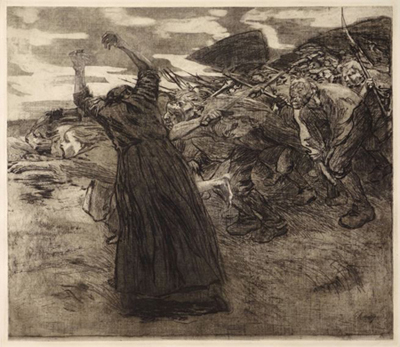 Charge by Käthe Kollwitz
Charge by Käthe KollwitzThe drawings of German artist Käthe Kollwitz (1867 – 1945) are unparalleled in their emotional intensity, honesty and deeply affecting depictions of the devastation of poverty, war and social injustice.
Kollwitz created monochrome drawings, etchings, lithographs, woodcuts, paintings and sculptures, through which she felt it was her duty to give a voice to the voiceless
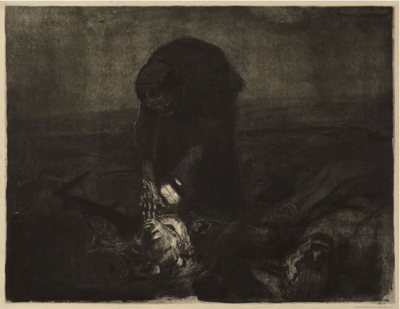 Battlefield by Käthe Kollwitz
Battlefield by Käthe KollwitzKäthe was influenced by writers such as Zola, Dickens, Tolstoy, Dostoyevsky, and Hauptmann, whose play The Weavers had inspired her first series of prints. The series portrays the story of a group of Silesian weavers who staged an uprising during the 1840s to revolt against extremely low wages and poor working conditions.
Kollwitz found beauty in the proletarian life, and had intense compassion for the working class, having been greatly influenced by her daily contact with the working poor served by her husband, who was a physician.
"When I got to know the women who would come to my husband for
help, and incidentally also to me, I was powerfully moved by the fate of
the proletariat and everything connected with its way of life.”
- Käthe
Kollwitz
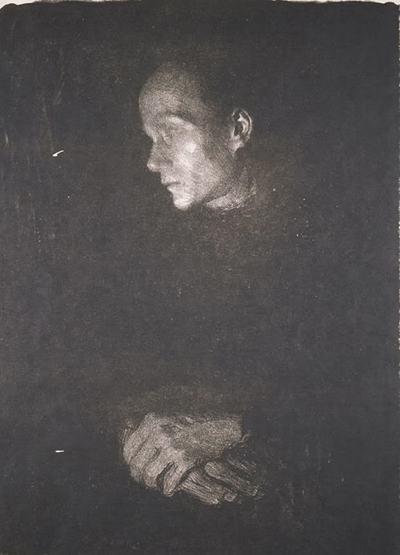 Working Woman in Profile Facing Left, 1903
Working Woman in Profile Facing Left, 1903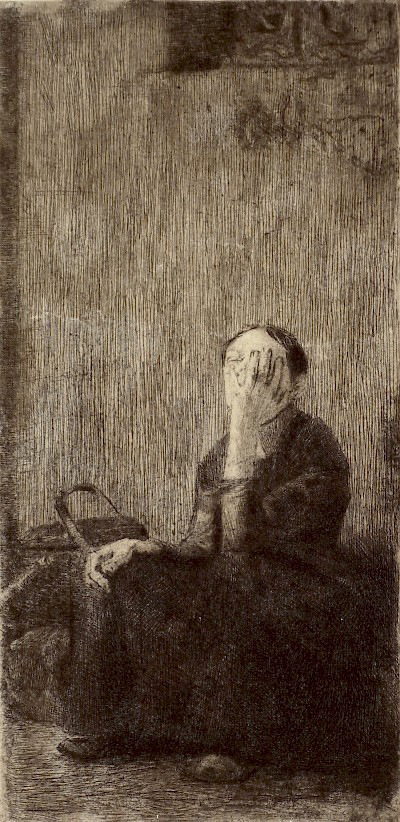 At the Church Wall, 1893
At the Church Wall, 1893
“The working-class woman shows me her hands, her feet,
and her hair. She lets me see the shape and form of her body through her
clothes. She presents herself and the expression of her feelings openly,
without disguises.”
(Käthe Kollwitz: Woman
and Artist (1976) by Martha
Kearns,
The Feminist
Press, p. 82.)
Kollwitz’ work emanates this transparency and honesty
that
she observed in those around her and was so taken with.
The Self-Portraits of Käthe Kollwitz
Käthe explored the human condition not only by connecting with and depicting those around her, but through a life-long practice of self-portraiture as well. Her intimate self-study resulted in over 100 self-portraits between her early formative years and her death in 1945.
She often depicted herself in isolation, the surrounding white
of the paper becoming a kind of abyss. Kollwitz had the rare ability to communicate visceral aspects of her inner life through her outward
appearance, leaving the viewer with a vivid impression of her state of mind.
Looking at her self-portraits, we catch intimate glances of her awareness of
mortality, her commitment to depicting the social injustices around her, her strength and her compassion.
"All my work hides within it life itself,
and it is with life that I contend through my work."
-Käthe Kollwitz
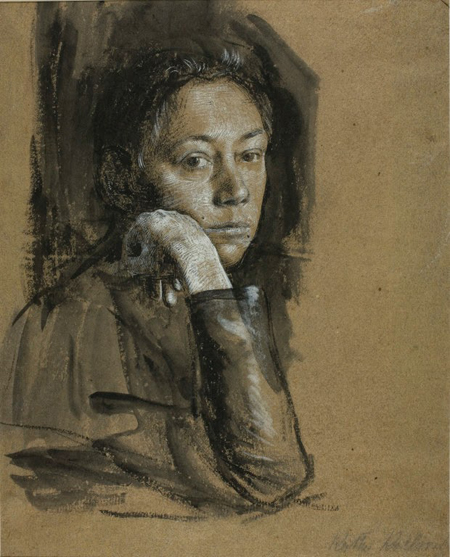 Self-portrait, 1891
Self-portrait, 1891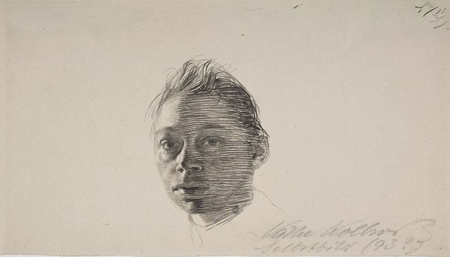 Self-portrait, 1893
Self-portrait, 1893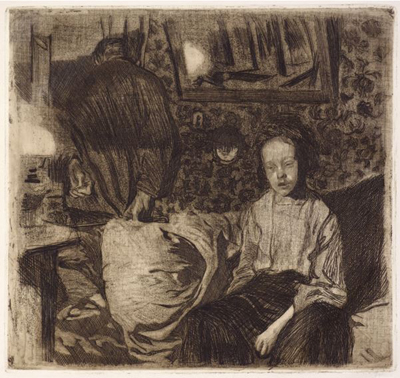 Young Couple (Self-Portrait), 1904
Young Couple (Self-Portrait), 1904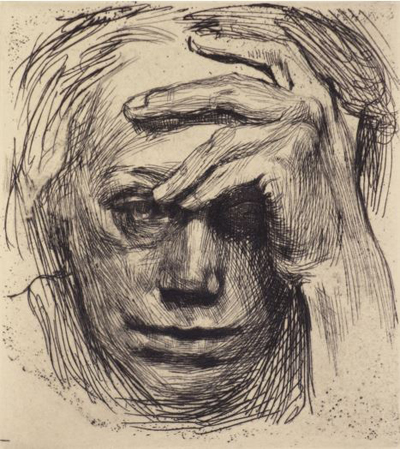 Self-Portrait, 1910
Self-Portrait, 1910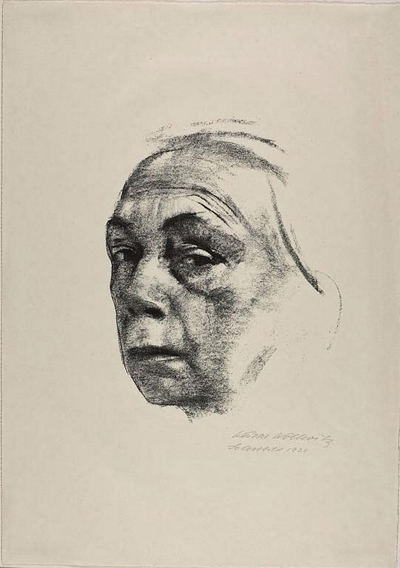 Self-Portrait, 1924
Self-Portrait, 1924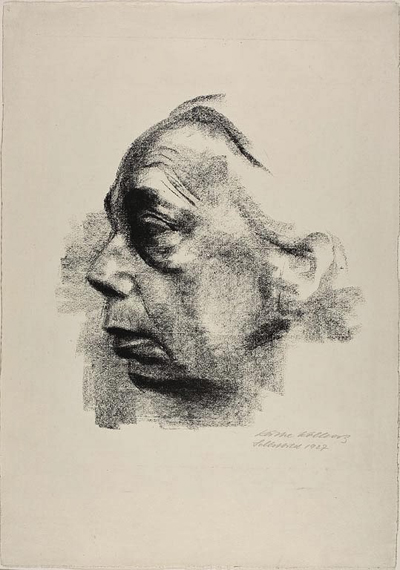 Self-Portrait, 1927
Self-Portrait, 1927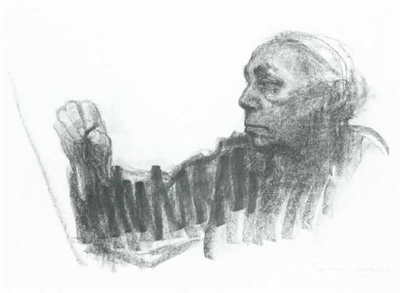 Self-Portrait, 1933
Self-Portrait, 1933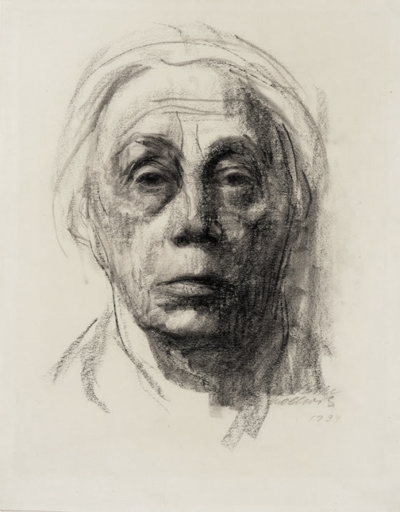 Self-Portrait, 1934
Self-Portrait, 1934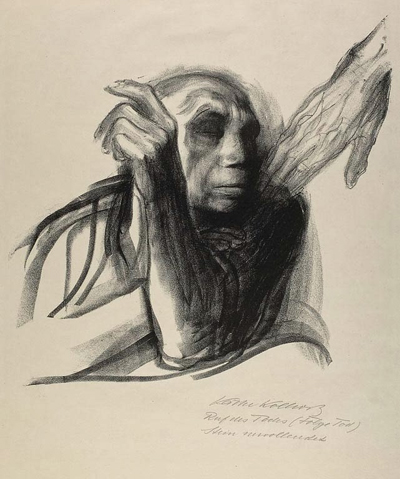 Call of Death (Self-Portrait), 1937
Call of Death (Self-Portrait), 1937
Hands in the Works of Käthe Kollwitz
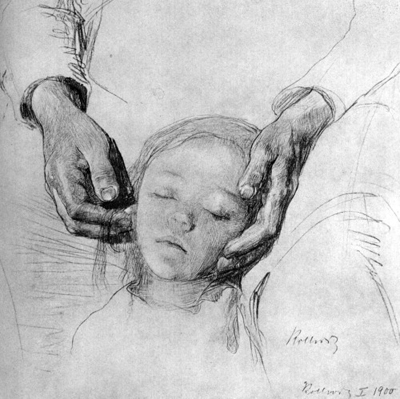
Kollwitz often gave hands a special prominence in her pictures, both in images of herself and others.
The hand is one of the most complex areas of the body in terms of emotion, character and movement. Just by looking at one's hands we can often tell the action one is taking, their age, and their emotional state.
George Bridgman suggested that while we often train our faces to hide thought and feeling, our hands respond unconsciously to mental states and reveal what the face conceals.
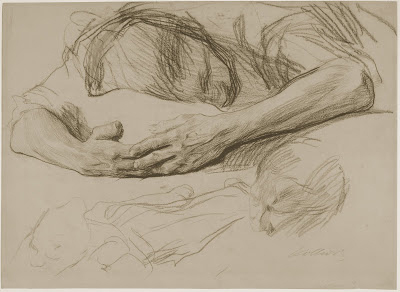
Recognizing their expressive qualities, Kollwitz often emphasized hands as much as (or even more so than) faces in her prints and drawings.
Especially in her works where the face is hidden, the hands take on the burden of expression.
The Merging of Technique and Concept
Kollwitz is an inspiring example of an artist whose content and technique merge to create deeply affecting works of art. Her weighty subject matter is made only more potent by the way in which she chooses to render her images.
In the drawing below, the way in which it is rendered underscores a moment of terrible anguish. The features of the child's face are just barely visible, almost as though they become less solid and more ghostly by the minute. The softly rendered, quiet areas of the drawing are juxtaposed with areas of urgent, scratch-like hatch marks, creating tension and a sense of desperation.
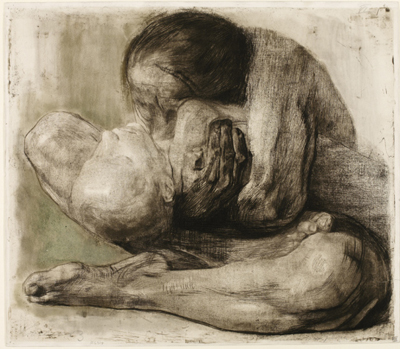 Woman with Dead Child, 1903
Woman with Dead Child, 1903
You may also be interested in ...
Return to Inspirational Drawings from The Drawings of Kathe Kollwitz



